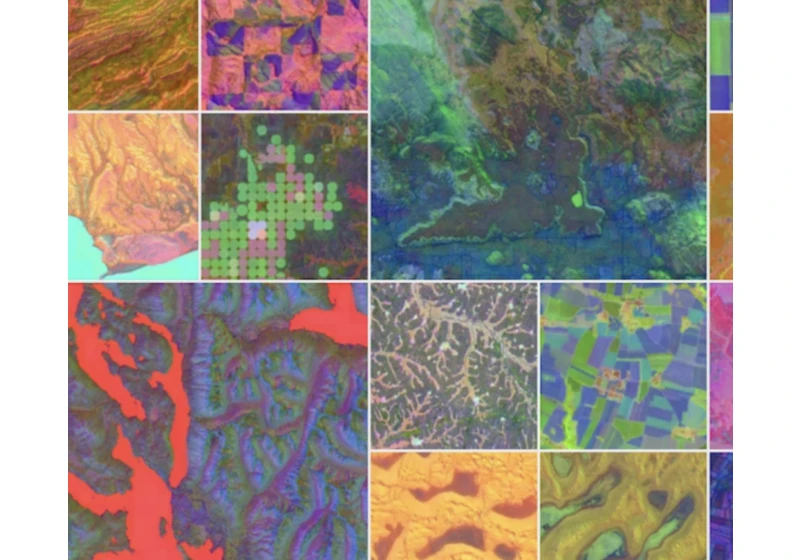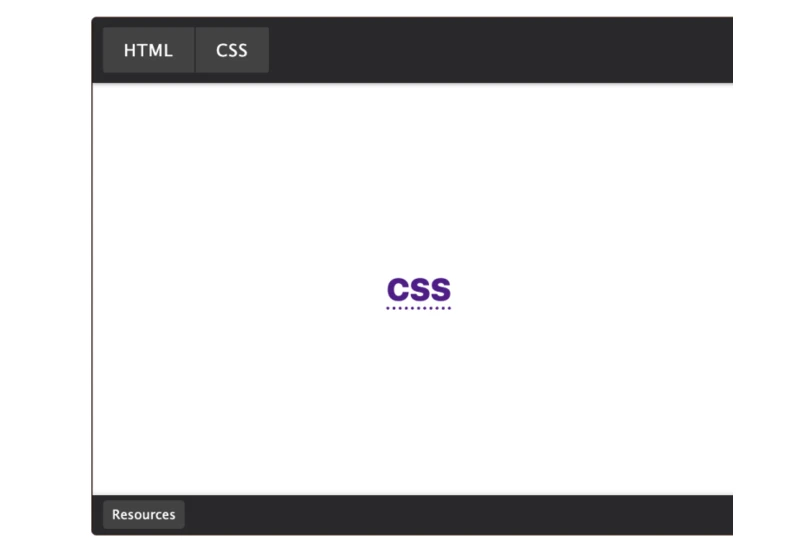
Chrome 139 is experimenting with Open UI’s proposed Interest Invoker API, which would be used to create tooltips, hover menus, hover cards, quick actions, and other types of UIs for showing more information with hover interactions. The Interest Invoker API makes these components declarative and hover-triggered, meaning that you create them with HTML, and then the web browser handles the mouseenter and mouseleave events for you, sans JavaScript. https://webdesignernews.com/a-first-look-at-

Let’s say we want some stepped gradients like the ones below, with a certain number of steps. https://webdesignernews.com/step-gradients-with-a-given-number-of-steps/

From AI assistants to digital platforms, how can we design for rapid mode switching in real life? Reflections about utilitarian and experiential content and why understanding both matters. https://webdesignernews.com/content-for-fun-vs-content-for-purpose-designing-for-two-distinct-modes-of-consumption/
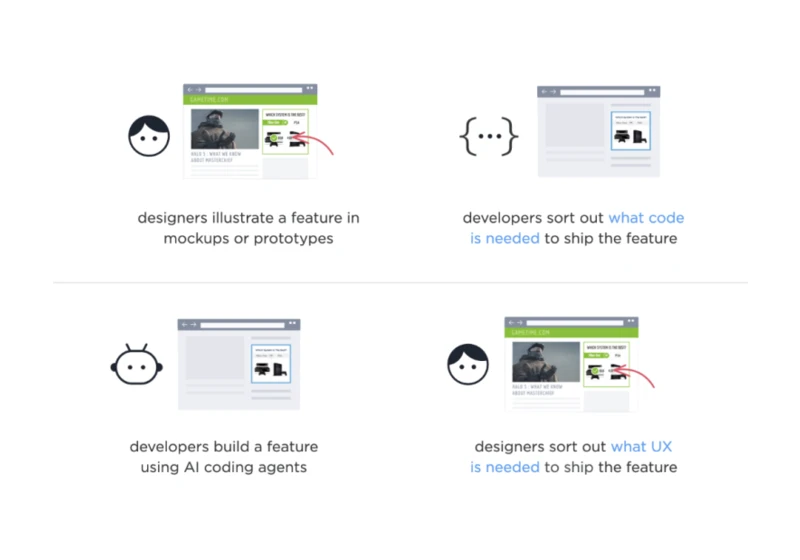
For years, it’s been faster to create mockups and prototypes of software than to ship it to production. As a result, software design teams could stay “ahead” of engineering. Now AI coding agents make development 10x faster, flipping the traditional software development process on its head. https://webdesignernews.com/ai-has-flipped-software-development/

Now we’re in the agentic era, and that billing octopus grew some new tentacles just for AI agent billing. Or is it a different octopus? I’m not sure. https://webdesignernews.com/the-14-pains-of-billing-for-ai-agents/

Of all the current debates around AI, one critique has stayed with me: that it’s “flattening the bar.” Tools like ChatGPT, the argument goes, make everyone’s writing sound the same — generic, overly polished, stripped of nuance. The concern is real, and I share it. https://webdesignernews.com/ai-is-flattening-language-and-redistributing-power/
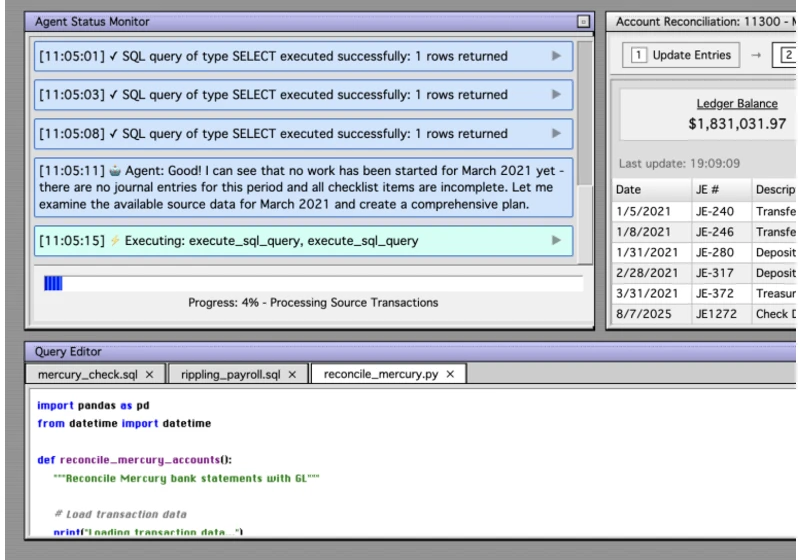
Despite promising results on synthetic benchmarks (e.g. Vending-Bench, SpreadsheetBench, DSBench), frontier models consistently underperform once they are deployed in complex, real-world situations. https://webdesignernews.com/can-llms-do-accounting/

We’ve gone through glassmorphism, neumorphism, micro-interactions, and parallax scrolling. Some trends look amazing but add nothing. What’s a design trend you wish would just die already? https://webdesignernews.com/whats-the-most-pointless-trend-in-modern-web-design/
Scroll through any modern website or app and you’ll see it: words that slide, bounce, stretch, shrink, fade in and out. It’s not just eye candy. That motion you’re seeing? It has a name: kinetic typography. And in 2025, it’s not just back, it’s better, smarter, and more important than ever in how we communicate digitally. https://webdesignernews.com/stop-scrolling-kinetic-typography-is-redefining-ux/
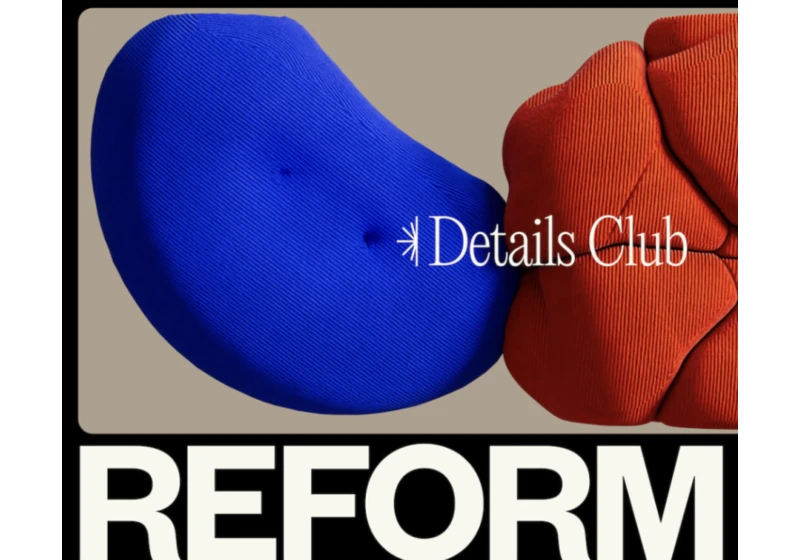
Reform Collective’s new site strips away the noise in favor of clarity, performance, and structure—with the tech lead detailing how AI, GSAP, and CSS hacks brought it to life. https://webdesignernews.com/reform-collective-a-new-website-designed-to-be-seen/

